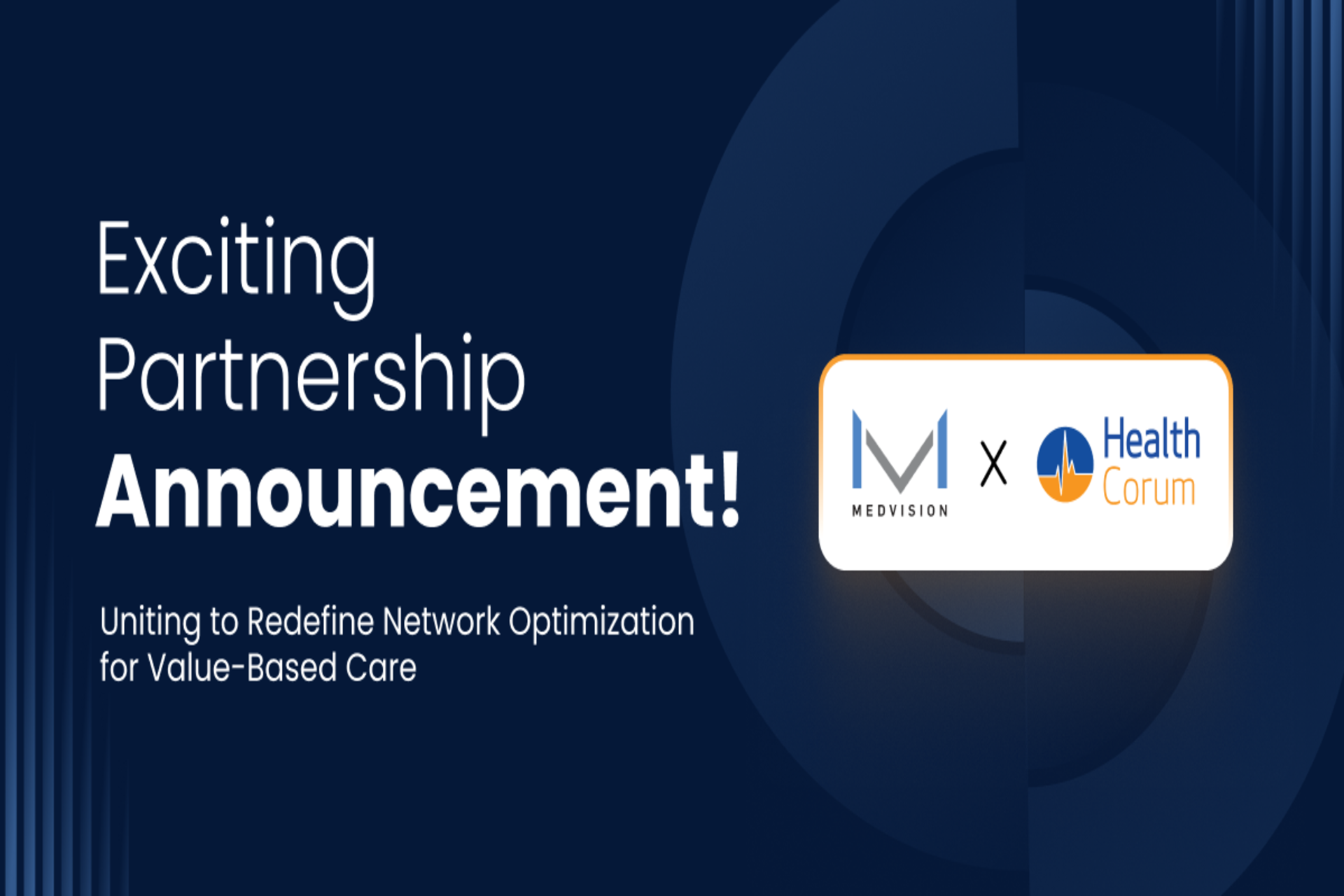EDI Integration in TPA Operations: Why It Matters More Than Ever
For third-party administrators (TPAs) in healthcare, juggling fast-paced claims, regulatory demands, and administrative overload is becoming the new normal — and it's pushing manual workflows to the breaking point.
Integrating electronic data interchange (EDI) offers a powerful solution. This digital exchange of standardized business documents helps TPA executives and operations managers automate data flows and streamline administrative tasks.
With MedVision's EDI-ready
QuickCap TPA software, executives and managers like you can improve claims processing, enrollment, and data accuracy. You can reap the competitive advantage that comes from:
- Faster, more accurate communication between clinicians, payers, TPAs, and government entities.
- Improve data adherence with standardized formats for key transactions, like HIPAA-compliant X12 formats.
Ready to see how EDI integration can future-proof your TPA operations? Read on and discover the latest features, key benefits, and how QuickCap makes it possible to stay ahead in an increasingly complex healthcare environment.
Streamline Healthcare Ops with EDI
Understanding EDI in the Healthcare Context
TPAs relying on manual processes instead of adopting electronic data interchange face significant financial and operational risks.
Manual risks can take anywhere from five to seven weeks, which is a costly delay in a margin-sensitive industry. In contrast, EDI-enabled
TPA software solutions reduce this timeline to just two weeks or less.
However, security is just as critical as speed. EDI transactions use secure, encrypted protocols that help enhance data security. That's why only HIPAA-compliant claims processing solutions should be on your shortlist when evaluating platforms.
Key EDI Transactions Every Third-Party Administrator Software Must Support
The Critical Importance of EDI Integration for TPAs
Improve healthcare claims accuracy and speed. EDI is critical in reducing errors that can lead to claim denials or payment delays. It also streamlines the claims lifecycle by reducing manual entry, minimizing errors, and enabling faster adjudication.
Simplify real-time data exchange between stakeholders. By using standardized electronic formats (like the 837 and 835), EDI enables real-time eligibility checks, claim status updates, and remittance information.
Integrating EDI in TPA operations ensures coordinated care across providers, payers, and government agencies.
Ensure compliance with HIPAA and other regulatory standards.
Manual data entry increases the risk of HIPAA violations due to misrouted or incomplete data. HIPAA fines for non-compliance can range from $100 to $50,000 per violation, with annual penalties reaching up to $1.5 million.
As a compliance asset, HIPAA-compliant TPA software enforces secure transmission protocols and standardized formats (like X12), lowering audit risk.
Leveraging QuickCap for Seamless EDI Integration
QuickCap delivers next-gen EDI integration, simplifying TPA processes for single-plan and multi-employer structures. It enhances claims adjudication, workflow automation, real-time analytics, and airtight regulatory compliance.
Comprehensive Claims Processing and Adjudication
Administrators using the
QuickCap claims processing system enjoy the following capabilities:
- Reduce manual errors with automated claims workflows
- Generate 277 files for all claims across different companies
- Download EDI acknowledgment files, including:
- TA1 (Interchange Acknowledgment)
- 997/999 (Functional Acknowledgment)
- 277 (Claim Status Response)
- Support denial administration and appeals processes
Workflow Automation and Operational Efficiency
MedVision QuickCap TPA solutions feature intuitive automation tools that reduce manual work and increase operational control by:
- Streamlining referral and authorization to reduce backlogs
- Allowing file name customization per trading partner
- Flagging duplicate files to prevent redundant processing
Advanced Analytics and Reporting Capabilities
QuickCap is a robust TPA software with real-time reporting that transforms reactive to proactive decision-making with:
- Predictive analytics for financial forecasting and population health insights
- Export-ready reports to simplify compliance, audits, and reporting
- Periodic alerts triggered by a flexible rules engine to flag employees who may need closer monitoring
Robust Compliance and Security Measures
Compliance considerations for TPA software involve safeguarding your TPA operations from compliance risks and security breaches with features like:
- Role-based access controls to restrict sensitive data access
- Full audit trails that log system activities for full traceability
- Secure EDI transmission protocols to protect PHI during data exchange with providers, payers, and TPAs
- SOC Certification Achievement and HITRUST Risk-Based 2-Year Certification that validates the platform's security
Addressing Challenges in EDI Integration
Implementing EDI can be overwhelming, particularly for TPAs juggling legacy systems and client bases. QuickCap addresses these challenges through its API-enabled design that integrates with existing infrastructures.
Ensuring Stakeholder Buy-In and Training
To guarantee that your third-party administrator platform delivers real impact, consider the following efforts:
- Promoting the use of intuitive interfaces and role-based workflows
- Accessing dedicated onboarding support and ongoing training resources from QuickCap’s client success team
- Facilitating alignment with built-in guides and user support portals
“What’s also important to us is how fast and easy it is to use. Upgrades with QuickCap are stress-free—we can continue running our business as usual and aren’t hit with hidden charges. When we need support, the QuickCap team is always available and accessible.”
Paul Kahen, California
Embracing EDI Integration for Sustainable Success
Electronic data interchange is a strategic imperative for TPAs seeking high-level efficiency in claims processing and compliance. EDI empowers administrators to deliver on the goals of value-based care through faster turnaround times and stakeholder coordination.
QuickCap represents a trusted partner for
scaling your TPA operations. With the capacity to manage over 480,000 claims per month, its EDI-enabled infrastructure supports smooth processing across multiple payer and provider systems. Also, it automates the generation and submission of HIPAA-compliant files (such as 837, 277, and 999) and enables real-time claim status updates.
Now is the time to assess your systems and plan for seamless EDI integration.
The right solution doesn’t just support your processes — it should bolster your competitive edge.
Frequently Asked Questions on EDI Integration in TPA:
1. What are the first steps a TPA should take when considering EDI integration?
Begin by assessing current workflows and identifying manual or inefficient processes. Conduct a gap analysis to understand what EDI capabilities are needed. Bring key team members into the conversation early and start talking with EDI vendors to find out which healthcare solutions best match your needs.
2. How long does it typically take to implement EDI integration for a TPA organization?
Most EDI projects take around three to six months, depending on how complex your current systems are and how much you’re looking to integrate. Factors like stakeholder readiness, data mapping needs, and system testing can affect the schedule.
3. What types of internal teams or roles are typically involved in a successful EDI integration project?
Key roles include IT specialists, compliance officers, claims managers, and operations leads. Executive sponsors and vendor support teams are also crucial for strategic alignment and issue resolution.
4. Can EDI integration be phased or require a complete system overhaul?
Yes, you can take a phased approach. Many TPAs start with the most critical transactions (like claims and remittance files) and then add more over time. This makes adoption easier and keeps things running smoothly during the transition.














